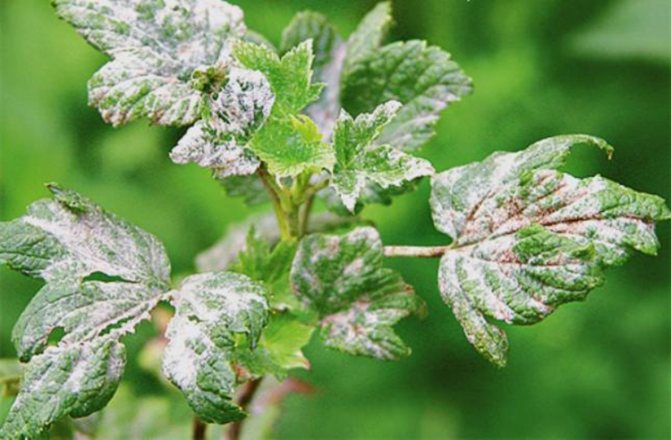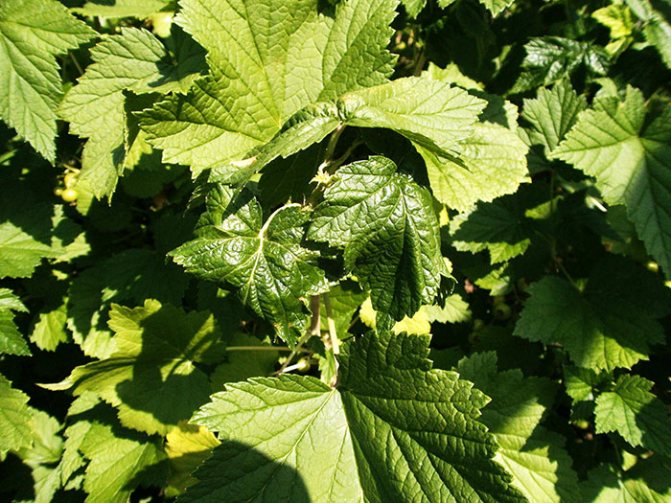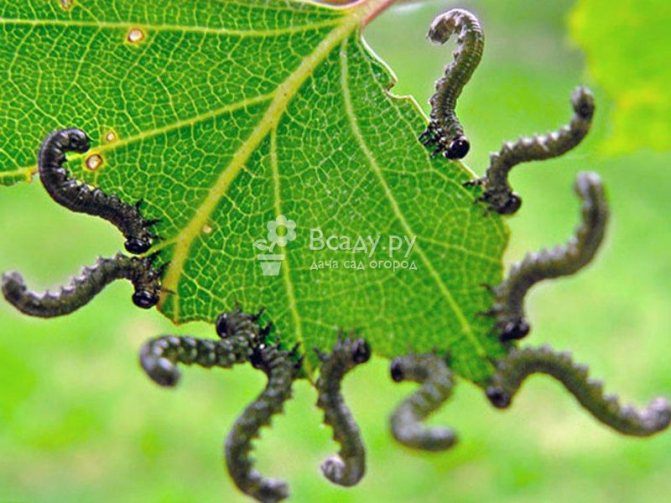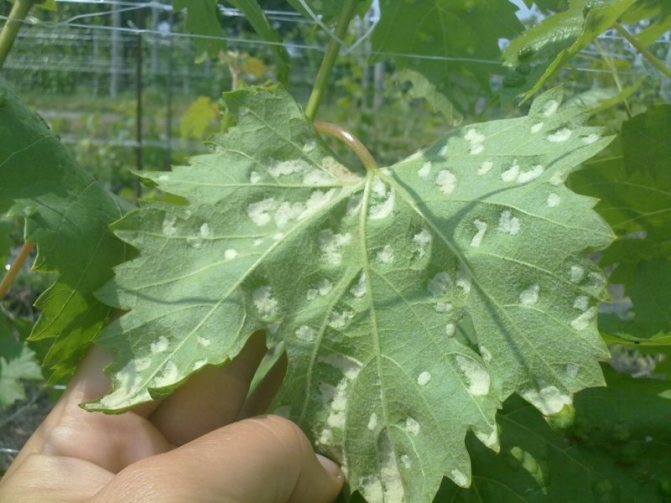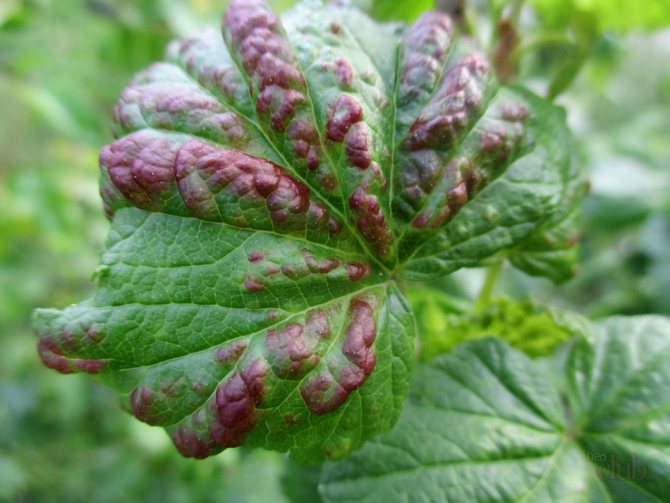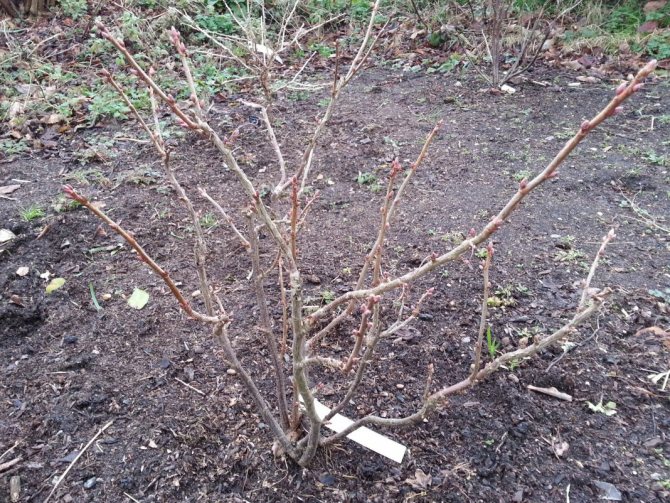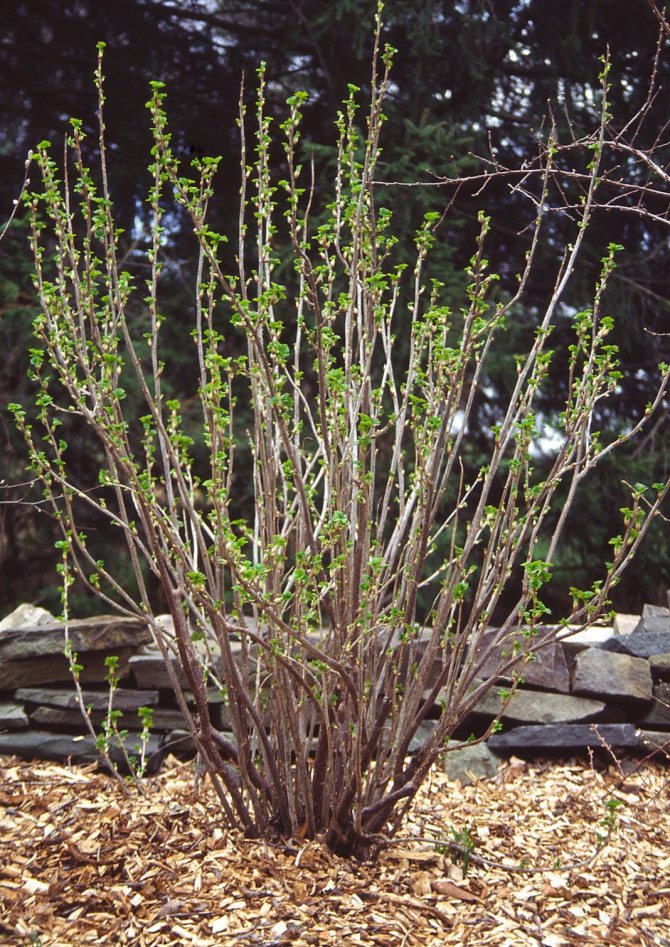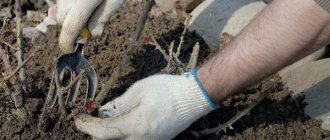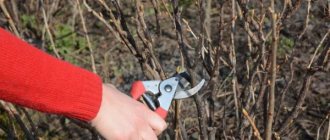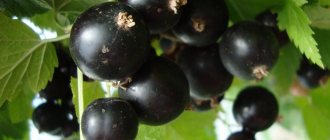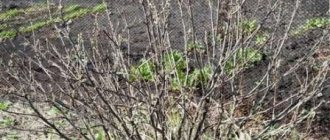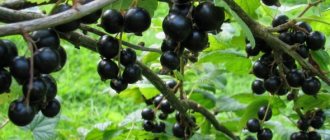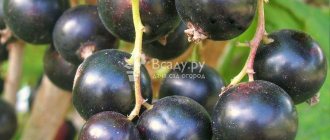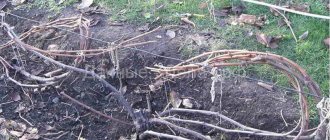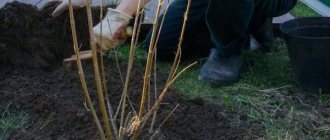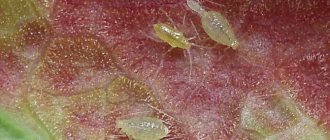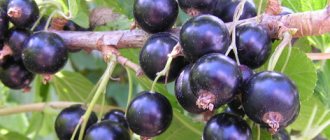Features of currant care in spring
After winter, there is a hot season for every gardener. This is a time of great work, in order to get a high yield in the fall - the period of transplantation, reproduction, fertilization of shrubs begins. The most important thing is to correctly calculate the start time of work, between the sleep of the plant and the growing season.
In addition, we recommend that you also read the article, which will tell you how to care for currant bushes in the fall.
Taking shelter after winter
For the winter, the currant bush is usually covered with polyethylene or other materials so that it does not freeze at too low temperatures. If the temperature drops to -35 degrees, it is recommended to cover the bush with boards, straw or pine needles.
In the spring, all the materials, bricks, and pins with which the shelter was attached to the ground are removed. The plant is straightened so that it extends to its full length. If you laid the branches of the bush in special trenches or grooves, all this also needs to be removed, and the plant should be returned to its normal form.
After removing the shelter, the first thing to do is clean up the area around the bush - mulch, fallen leaves, random debris. Using a rake, collect the fallen leaves, pests can hibernate in them, and at the first heat they move to the bush itself, so there should be no rotten leaves.
Watering
Currants are very fond of water, natural precipitation is not enough for it, so it must be watered regularly. It is especially important to avoid dryness during flowering, fruiting and after harvest. One bush needs 20 liters of water per week, but do not let the water stagnate.
Loosening
Loosening the soil is an important part of plant care. It helps in pest control and is essential for removing weeds. Also helps oxygenate hardened soil. It must be carried out at least twice a year, in spring and autumn. Before loosening, you can add top dressing.
Mulching
This is a very good way to prevent harmful insects and parasites. Mulch acts as a moisture accumulator in the summer season and prevents parasites from overwintering in the roots of plants during the cold season.
In winter, mulch freezes so much that it kills pupae with insects inside. Also prevents weeds from overgrowing. Sawdust, hay, dry grass, bark, dry manure are used as mulch. Learn more about soil mulching in this article.
Mowed grass and foliage are especially popular with gardeners; after decay, they become an excellent fertilizer. Coniferous needles and bark contain a large amount of phytoncides that repel parasites.
Compost and manure protect the soil well from excess UV radiation and provide good aeration.
Fertilization
Normally, healthy plants in good soil do not need feeding for the first two years. The first fertilizers can be applied at 3-4 years of currant life. Compost, humus, superphosphate, ash are suitable as top dressing.
In the first weeks after warming, the plants do not need fertilization, they take all the necessary substances from the melted snow. They need to be brought in a little later, before the end of May, the beginning of June.
Watch a video about feeding currants in the spring:
After the dry period has begun, fertilizers are applied every 3-7 days, depending on the instructions for the product.
In early spring, nitrogen fertilizers are best suited as a feed for currants; they are used to cultivate the soil around the bushes. After the flowering of the bush, you can use organic matter - manure, chicken droppings, etc.
Weed control
No plant can live comfortably with weeds, as they suck out all the nutrients and moisture from the soil. It is imperative and regular to fight them.
For young shoots of currants, weeds are especially dangerous, since they do not yet have enough strength to resist them, and the lack of minerals and water will affect the formation of the entire bush.
Weeds should not be allowed to appear at a distance of less than 0.5 m from the plant, and it is better if it is about 1-1.5 m.
Once the area is cleared, currant-friendly plants can be planted. These include dill, garlic, celery, marigolds, calendula, and others. All of them are quite unpretentious and take root well in any soil except sand.
It must be remembered that when dealing with weeds, you should not use special chemicals. Substances harmful to weeds will also be detrimental to currants, especially if they are young, fragile bushes. Their harm can be so strong that it will destroy the shoots.
Pruning and tying bushes
High-quality plant care includes obligatory pruning, sanitary and shrub forming. They should be held at least once a year.
Sanitary pruning relieves the bush of old, spoiled, diseased branches. Forming - removes unnecessary, overhanging branches, and forms the correct shape of the currant bush.
The most productive branches are 2-3 years old. It is necessary to shorten their tops to activate the emergence of new shoots. All unnecessary is removed so that the forces of the bush do not go into sluggish, diseased branches, but are concentrated in strong and healthy parts of the plant.
In the video below, the gardener shares his experience of pruning currants in the spring:
Watering and mulching
Black currant is a drought-resistant crop, but it will gladly accept infrequent watering. Keeping the soil moist in the future will ensure a good harvest.
The shrub is watered during flowering in special grooves formed in the area of the trunk circle. Moisten the soil with warm water in the morning or evening hours, no more than 1 time per week. Such an amount of water is poured so that the top layer of the soil is soaked by 30 cm. Usually they adhere to the scheme: for 1 bush 4 buckets of water.
Sprinkling irrigation is prohibited. Such an event can lead to an outbreak of fungal diseases.
After watering, it is recommended to mulch the currants with cones, old sawdust, straws, compost, peat or non-woven black material. The mulch layer prevents the development of weeds, does not allow moisture to evaporate from the soil.
Treatment against diseases and pests
There are no plants that are completely resistant to all pests. Although the currant is a rather unpretentious plant, it is still necessary to periodically carry out prophylaxis against diseases and harmful insects. There are many ways of such prevention, which are selected taking into account the existing problem.
Fire treatment
Another method of pest control is fire treatment. Normally, the kidneys have a strong coating, and they are not dangerous for short-term exposure to fire. And for various insects and parasites, this method will be very effective.
It is advisable to carry out such a treatment in early spring, in March, when the plant has not yet woken up. You need to take a torch or gas burner, bring it to the branches at a distance of at least 10 cm, and draw up and down along them several times.
Be very careful not to damage the plant.
Boiling water treatment
Hot water or boiling water treatment is the first step in pest control. Whichever methods you use further, the first step is to spray the bush with hot water. It washes away larvae and small insects that have huddled under the bark, and also eliminates many pathogenic bacteria.
To process currants with boiling water, you can use the following recipe:
- add 10 aspirin tablets to a bucket of boiling water, stir well;
- pour the solution into a large watering can;
- thoroughly process all the branches of the bush with a solution;
- a bucket of solution should be enough for 2-3 medium bushes.
If you add copper sulfate to the water, you get an excellent remedy against aphid larvae and powdery mildew pathogens. To do this, you need to take 100 g of vitriol and 10 liters of water. Mix and spray well on currant roots and twigs. Repeat the treatment for several days.
It is impossible to water the plant with boiling water, the temperature should not be higher than 80 degrees. Hot water is poured into a watering can and each bush is watered, keeping it at a distance of 10 cm from the branches.
How it is necessary to carry out such processing of currants is clearly shown in the video below:
Biological treatment
Biologicals include products that contain active elements of plant origin, for example:
- "Lepidocide" - copes well with moth, currant glass, moth. This drug has an effect on the reproduction of insects, they cannot reproduce and die out. The air temperature for processing is required from 15 degrees.
- "Bitoxibacillin" - has an effect on the intestinal functions of parasites, they cannot feed and die. Do not use during flowering and fruiting. Spraying air should be at least 17 degrees.
- "Trichodermin" - the active substance has an effect on pathogenic microbes. This is a safe remedy, it can be used even during the fruiting period. Works at temperatures from 14 degrees.
Treatment with pesticides
Chemicals are very effective in combating parasites, but many gardeners are afraid to use them, fearing harm to human health. For each type of pest, there are certain means, they will be most effective if used according to the instructions.
In the spring, during the period of mass appearance of butterflies, currants are sprayed for the first time with Fufanon, Iskra-M, Kemifos and others. The second stage of processing is the period of bud setting, such substances as "Actellik", "Kinmiks", "Fufanon" will be useful.
If you suspect the presence of a fungus in the bush, as soon as the first leaves bloom, use such means: "Novosil", "Epin", "Zircon". When the first flowers appear, you must repeat the procedure.
Folk remedies
There are many proven ways to control pests over the years. They are quite effective and do not harm human and plant health. We will talk about some of them below.
May is the blooming period of elderberry and lilac. Also at this time, currant flowers bloom. Stick twigs of these flowers in the middle of the bush, and insects will fly to a stronger and more attractive scent.
Onion solution is also a good folk remedy. To prepare it, take 100 g of garlic and onions each, chop them and fill them with a bucket of water. Leave to infuse for a day. Strain the solution and spray on the branches. One bucket is enough for 2-3 bushes.
You can also use a solution of laundry soap or tar. Take 200 g of the chosen product, grate and mix with a bucket of water.
In order for folk remedies to have an optimal effect, you need to continue to use them for at least 5 days in a row, and after the currant blooms, repeat the course again.
Mistake 4. You don't prune the currants
Fearing mistakes when pruning, many gardeners leave the currant bushes intact. As a result, they thicken strongly, overgrowing with old unproductive branches shading young fruiting shoots, as well as tops - powerful, unproductive shoots inclined to the ground. Such plants produce very poor yields and often get sick.
What to do?
Have black currant immediately after planting, shorten all branches to 2-4 well-developed buds. In the fall of next year, leave only 3-4 of the strongest and most well-developed shoots in the bush. Cut the rest off the ground. In each subsequent year, cut the currants according to the same principle - from all the shoots that have grown over the summer, select the 3-4 strongest and shorten them for better branching, and remove the rest. After 4-5 years, you will have a fully formed bush with 15-18 branches of different ages.
Subsequent pruning of black currant bushes is reduced to removing branches older than 5-6 years of age (they are the thickest and most branched) and replacing them with the same number of well-developed “first years”.
Red and white currant do not form such a large number of shoots as black, and their branches retain their “working capacity” for 7-8 years. Therefore, the principle of pruning these bushes is different. In the first years, only sanitary pruning is carried out, removing all diseased, broken and thickening shoots.
In red currants, the largest number of berries is formed at the tops of the shoots. Therefore, in no case should they be cut off or pinched - by this you deprive yourself of a significant part of the harvest.
From the age of 5-8, begin to remove old unproductive branches that have produced few berries during the season or did not bear fruit at all. On average, to get a good harvest of large berries in a bush of red (white, pink) currants, there should be 10-12 branches of different ages.
Transplanting currants in spring
Experienced gardeners have two opinions - some believe that replanting currants in early autumn, before the temperature drops below 0, will bring less stress to the plant than if it is done in spring. Others believe that it is better to transplant currants in the spring, when the ground warms up to 5-10 degrees.
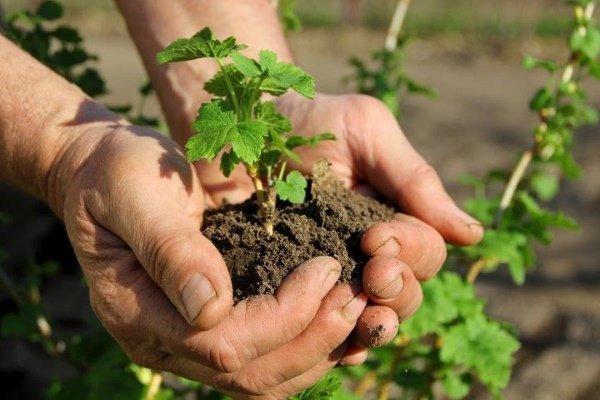
It is worth noting that severe winter cold can harm an immature, weak plant. Therefore, it is worth familiarizing yourself with the features of the spring currant transplant:
- You need to choose the right place for the transfer. The most important thing is that you cannot plant currants in a darkened place. This plant loves sunlight, with a lack of it, the number of berries decreases, and the bush itself weakens, is exposed to various diseases and attack of parasites. If there is a lot of moisture at the planting site, fungal diseases, for example, brown spot, may appear. Currants need free open space and plenty of sun.
- The soil for replanting should not be too wet, otherwise the roots will quickly begin to rot. Swampy places and those areas where groundwater is shallow are not suitable for currants. It is best if it is medium moisture chernozem with an admixture of loam.
- Do not plant currants in the "second tier", as they are too susceptible to fungal infections. Better to plant it separately from other plants.
- Red currants will feel very good in the soil with an admixture of sand. If this is not the case, you can do it yourself, for this you just add crushed stone to the soil, about 5 cm, and 10-15 cm of sand.
Adhering to these simple rules, you can get a good harvest of berries next year. And in full force, the bush will begin to bear fruit in 2-3 years.
Mistake 1. You think that currants do not need to be watered
Currants, especially black currants, very poorly tolerate a lack of moisture in the soil. This leads to a delay in the growth of bushes, as well as a significant loss of yield - the berries will be tied up much less, they will grow small, dry and with a thick, dense skin.
However, excessive watering is no less harmful, which leads to cracking of berries, fungal diseases and root rot.
What to do?
Water the currant bushes three times per season:
- first time - in late May - early June, when there is active growth and the appearance of ovaries on plants;
- second time - at the end of June, when berries begin to ripen on the bushes;
- third time - after harvest, because at this time, flower buds are laid for the next year's harvest.
Depending on the age of the currants, spend from 2 to 5 buckets of water for each bush, which should soak the ground to a depth of 40 cm.
Reproduction of currants in the spring
If you decide to plant or propagate currant bushes in the spring, remember that these plants wake up quite early. You need to monitor the bush in order to have time to do all the procedures before the start of the growing season, otherwise you can greatly harm the plant. Choose in advance the method of propagation of the bush.
Cuttings
Propagation by cuttings is very popular as it is very simple and economical. For example, from one bush with the help of cuttings, you can get 10, 20 or even 100 new plants.
Usually in the spring and autumn, lignified bush cuttings are taken, and in the summer you can use green ones. Lignified cuttings are called shoots about a year old. You need to choose strong branches from healthy bushes. If you are performing the procedure in the spring, you can prepare cuttings during the seasonal pruning of currants.
Pay attention to the size of the cuttings. They must be mature, have a diameter of at least 6 mm, and a length of 15 cm. The amount of nutrients that the plant especially needs during the adaptation period depends on the length of the shoot.
When shaping the cuttings, make an incision at the top, above the kidney using scissors or a knife, the distance from the kidneys should be about 1 cm. An oblique cut is made at the bottom, under the lower kidney.
Plant the cuttings in well-prepared pits with compost and manure. It is best to plant young shoots along a rope with a height of 10-15 cm. Between plantings there should be a free space of at least 40 cm, this will make the process of transplanting to a permanent place more convenient.
For quick adaptation, you can help cuttings, for this they are placed in a liquid to stimulate growth, left for 12-24 hours, and then placed in prepared soil.
Propagation by cuttings is a very simple process with good results, if everything is done correctly, almost all shoots will take root. This method does not take much time and effort, and will bring a good harvest in a year.
Layers
There is another proven way of propagating currants - layering from the main bush. Its main advantage is almost 100% survival rate.
This method can be used for any kind of currant. It consists in the fact that the layers are laid in trenches created by the mother bush, outwardly resembling the sun's rays, and sprinkled with soil on top.
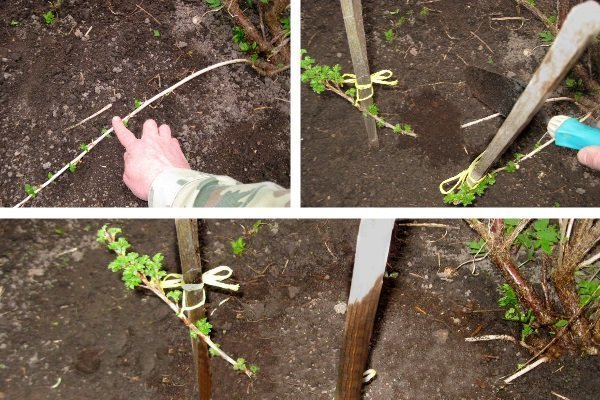

To strengthen the cuttings more securely, set a V-shaped wire or stick to help the young bushes adapt. After a year, when they take root, the wire can be removed, and then the plants can be planted in a permanent place.
Mistake 2. You don't feed the bushes
Without regular fertilization, the soil under the currant bushes is quickly depleted and stops supplying plants with macro- and microelements necessary for normal growth and development.
What to do?
Most of all, currants need feeding during the formation of ovaries and after fruiting.In the first half of summer, apply nitrogen fertilizers (25-30 g of ammonium nitrate per 1 square meter of the trunk circle), and after harvesting, phosphorus-potassium fertilizers at the rate of 40-50 g of superphosphate and 20-30 g of potassium chloride per 1 square meter ...
Also, once every 2 years in the fall, it is recommended to feed currants with organic fertilizers (4-6 kg of humus or compost per adult bush).
Features of currant care in different regions
Depending on the climate, soil, amount of precipitation, and many other factors, the peculiarities of caring for currants also differ. Let's note the basic rules that do not change depending on the region:
- well-lit landing site;
- soil with moderate moisture;
- not too dense planting of bushes;
- timely watering and fertilization;
- avoiding a large number of weeds;
- fight against parasites and diseases;
- seasonal pruning.
Pruning of bushes in central Russia is usually carried out in February, in the Urals after all frosts - in late March, early April.
Pest control in each region begins at a different time, and depends on the time the insects emerge from the soil.
Top dressing and fertilization of plants depends on the soil, and differs in each climatic zone. Belarus has good soil, so you can apply top dressing here once every two years. In the Urals and Siberia, it is necessary to feed the soil every year.
Since any plant is subject to temperature changes and is very dependent on the weather, different varieties of currants, specially bred for a particular region, will grow well in each climatic zone.
The following varieties are suitable for the Urals and Siberia:
- Pygmy;
- Nika;
- Annadi;
- Venus;
- Fun;
- Rachel;
- Lydia.
For the territory of Belarus and Ukraine, there are much fewer varieties, since their warmer climate allows you to grow a large number of other berries, such as strawberries, raspberries, gooseberries. But still, we list the varieties that are suitable for a warm climatic zone:
- Belorusochka;
- Blueberry;
- Claudia;
- Peacock;
- Sanut;
- Lazy person.
There are also differences in planting bush seedlings. The Ural ones take root well in the autumn, they are more resistant to frost, and the Belarusian ones are better planted in the spring.
Currants cannot stand the neighborhood with an apple tree, even with a distance between them of 4-5 meters. The berry bush can stop growing and even stop bearing fruit. Therefore, if you have a lot of apple trees in your garden, you need to think carefully about the place of planting seedlings.
Black currant - planting and care at their summer cottage
Black currants will delight you with a magnificent harvest, planting and caring for which are described in detail in our material. We will help you choose the right place and seedlings, prepare the soil and plant a crop, and also tell you about the features of growing berry bushes throughout the growing season.
Black currant is one of the favorite berries of gardeners. The secret of popularity: in the natural richness of vitamins and the undemanding culture of the growing conditions. Caring for black currants has its own characteristics, but it will not cause any particular difficulties if you choose and prepare a place for planting correctly, as well as cut and process the crop from parasites and fungal diseases in time.
Typical care mistakes
The most common mistakes inexperienced gardeners make when growing currants are:
- Incorrectly chosen place for planting bushes.
- The shady area is harmful to this plant - it bears fruit worse, suffers from diseases and parasites.
- Too open, hot place with scorching sun also causes burns on the top leaves, dry tops and low yields. The best place would be an area where, during the hottest time of the day, the bush remains protected by the shade from a building, tree or fence.
- The gardener's unwillingness to cut the branches of the bush in time. At first, it seems to many that the larger and more spreading the bush, the more berries it will be possible to collect from it.But no, if the currant grows too much, the light falls unevenly on the branches, the bush begins to run wild, the yield drops.
- Natural precipitation is not enough for currants, it must be watered regularly. Water scarcity is especially destructive during periods of active growth, development and reproduction.
Currant is a rather unpretentious plant, and if you follow all the recommendations for care, it will delight you with a rich harvest every year. To do this, it is enough to adhere to the above tips.
0
Secret 5: bush health and prevention
It often happens this way: even with a lot of currant bushes, the summer resident collects a very small crop of berries. And the reason for this is pests and diseases. Aphids, ticks, scale insects and powdery mildew can almost completely deprive us of the currant crop. Meanwhile, you can prevent the enemy from entering your territory with very simple methods:
- do preventive examinations plants and clean up immediately affected buds, leaves, shoots;
- in early spring, before the soil under the bushes completely thaws, it is good for currant bushes to do hot douche... To do this, pour boiling water into a spray can and simply pour over the plants. Such a hot shower can destroy the eggs of the kidney mite and scale insects. And it will also be an excellent prevention of powdery mildew. In the next video, you can watch the implementation of such processing of currants;
- during the budding period, the bushes recommend spray with Bordeaux liquid;
- can be used for spraying herbal infusions - chamomile, dandelion, marigolds, tobacco. More details about the fight against aphids can be found in the article Folk methods of fighting aphids.
Dates of spring procedures
Spring care for currants usually begins immediately after the last snow melts.... The daytime air temperature should be around + 5 ° C.
You can not delay the preparation of currants for the upcoming season... In the sun, the buds quickly swell and release leaves. After that it will be too late to carry out the care.
Interesting on the site:
Fall Currant Planting Guide
How and what to fertilize currants in the fall
Guide to properly pruning currants in the fall
conclusions
What do you need to remember to get a bountiful harvest of a juicy and healthy berry?
- Focus on the climatic conditions of the region.
- Apply fertilizers following the instructions, without increasing the dosage yourself.
- Timely carry out the treatment of shrubs from diseases and pests with chemical, organic and mineral agents. You can use Fitoferm, the instructions for the use of which are described at this link.
- Pruning the bush in time.
- Observe the watering regime, avoid "flooding" the plant.
- Carry out all the necessary measures to shelter shrubs for the winter.
Currant agricultural technology is not as difficult as it seems to novice gardeners. However, it has a number of nuances, knowing which you can significantly increase the profitability of your currant garden.
WHERE STARTED TO GROW CURRANT?
Central Europe is considered the homeland of currants. In many countries, you can still find its wild thickets. At the beginning of the 17th century. Orthodox monks brought the bushes of this spicy berry to Russia, where it was grown for many years in monasteries. Here, for the first time, they began to engage in its selection.
Jam was made from aromatic berries and the famous monastery currant cahors was made, which surpasses the traditional grape by its taste and healing qualities.
By the beginning of the 19th century. currants were already widely grown in manor houses and peasant gardens practically throughout Russia. By the way, the name "currant" comes from the Old Russian "currant" (stench, foul smelling).


Tips from experienced summer residents
- Do not plant currant bushes "close to" the fence. The part of the bush pressed against it will not give you fruit!
- The currant is a self-pollinating plant, if you plant other varieties nearby, cross-pollination will lead to an enlargement of the berries.
- Black currants do not like acidic soil. If it is exactly like this on your site, you need to carry out liming.
- You should not plant currants in lowlands with excessive moisture - there they feel uncomfortable and will not give a good harvest.
- The articles of our summer residents Black currant: varieties, cultivation and care and Black currant will help to choose the right variety of currants and propagate it by cuttings. Spring cuttings.
- So that the bush always remains young and productive, so as not to get confused in shoots of different ages, there is a trouble-free and even fascinating method. In the next video, Olga Platonova offers such an interesting option for marking the stems.
Of course, the taste of currants is determined not only by a good choice of variety and good care, but also by weather conditions. If, during the ripening of berries, the weather is cold and rainy, they will be noticeably sour than those ripened in a dry sunny season. But if you apply these simple secrets on your site, currants in any weather will surely respond with a wonderful harvest of large medicinal berries.
And to the value of berries, you can add the use of leaves, which contain almost more vitamin C than the berries themselves, and make simple tea unusually fragrant and healthy. The specific essential oils in currant leaves turn them into a wonderful spice, which is so often used by our housewives when pickling cucumbers.
{SOURCE}
Growing features
Diseases of black currant
Despite the unpretentiousness of the culture, it is nevertheless necessary to adhere to certain rules so that the bush pleases with a wonderful harvest for a long time. It is important to know how to get a good harvest of blackcurrant so as not to be disappointed in this plant. The basic agricultural technology is very simple.
Landing
The first and important point that guarantees the success of planting black currants is that the roots should be exposed to the air for as little time as possible. If, nevertheless, it turned out that they have dried up, they should be immersed in water for several days, but no more than three, otherwise they will not be able to take root. Black currants are planted in one of two seasons: spring (April-June) or autumn (September-October). Cultivation of black currants is carried out by cuttings or seedlings. The cutting method is the most common.
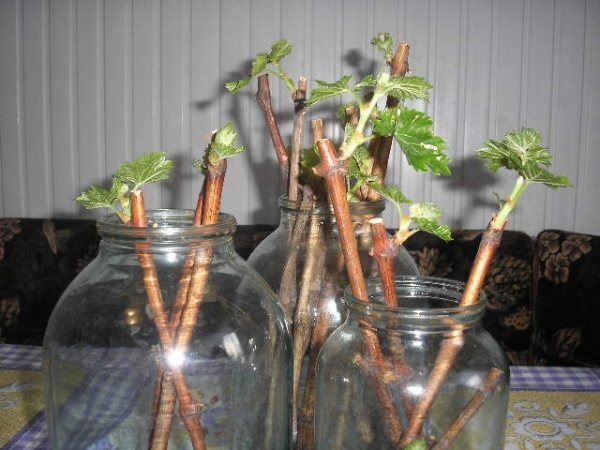

Black currant cuttings
Interesting to know. This is due to the peculiarity of the root system, which begins to grow at a temperature of 3-4 degrees, and an active increase in the root mass is observed at temperatures of 8-10. If the temperature is higher or lower, the growth of the root system slows down.
Soil preparation
It is possible to grow black currants on various types of soil, but the shrub feels best on slightly acidic (pH not more than 6.5, lime is introduced to reduce acidity) fertile well-drained soil. Currant is a light-loving plant, but it can also be successfully grown in a slightly darkened place. Doesn't like drafts too much.
Before you start planting currant seedlings, you should properly pre-cultivate the soil. All weeds and roots are removed, and then a layer of manure or compost of 8 cm is distributed over the area of the entire intended area. It also does not interfere with the introduction of complex fertilizer into the ground.
Planting methods
There are several options for planting black currants, each of which has its own advantages and is relevant under certain circumstances:
- Single landing. This method brings the greatest yield, and the bush will live much longer than with other options. A distance of at least 2 meters is maintained between the black currant bush and other crops, even if it is a tree;
- Ordinary landing. This option will allow you to get the maximum number of berries from the minimum area. Most often this method is used in commercial cultivation, but the bushes very quickly become obsolete, requiring replacement. The distance between bushes, characterized by a compact arrangement of shoots, withstands about 70-100 cm, and for bushes with a lush crown, the distance is 120-150 cm;
- Landing on a trellis. In this case, the planting of the bushes is carried out at a distance of 50-100 cm. Then the branches of the currant are fixed on the trellises, and a solid fruit-bearing wall is obtained. This planting technology will beautify the site. You can also grow red currants on a trellis.


Planting black currants on a trellis
The main stages of planting
- The seedling sits at an angle of 45 degrees (the usual vertical planting is also allowed);
- The root collar sinks into the ground by 5-6 cm;
- The ground around the seedling is compacted;
- After planting, a small depression is made around the bush, into which 10 liters of water are gradually poured. The land around the bush is mulched 5-10 cm using sawdust or peat;
- To accelerate the growth of the root system, the shoots of the seedling are shortened to 4-5 buds.
Removing the cover from the currant after winter
To prevent the currants from freezing at low temperatures, the plant is covered for the winter. If the plant was covered for the winter with a non-woven material, then this shelter should be removed. If the shrub has been bent to the ground and secured with bricks or pins, then all auxiliary materials should be removed and the shrub straightened, allowing it to stretch out to its full height.
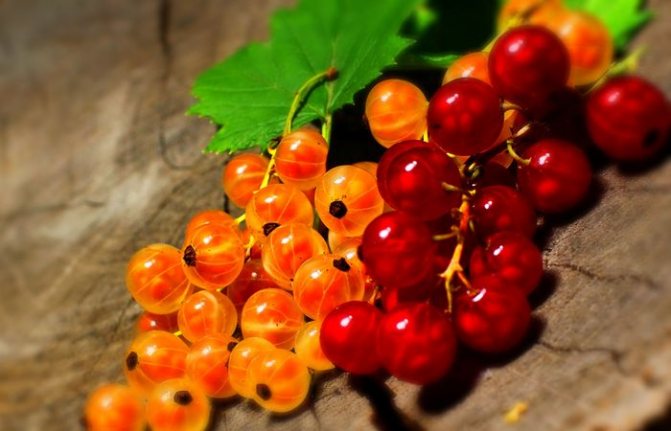

Sanitary pruning of black currant
We carefully examine the black currant bush. We cut out all broken, growing inward, diseased and dry branches.
We examine the lower branches and cut off those lying on the ground. They were crushed by snow. Cut off at the last or penultimate living kidney, looking up. We put the branches in a heap.
We examine the old branches of black currant, whose effective fruiting has ended. These are 6-7 year old branches. They are covered with old rough bark, practically have no young lateral shoots and buds. Such branches will not form a crop, but some of the nutrients from the young will be taken away. We cut them off at the very ground and also send them to the heap.
Moving on to the live fertile shoots of black currant. We examine each from the bottom to the tip of the branch. If there are frozen parts, cut to a living kidney.
If the black currant bush looks emaciated, young fertile shoots are thin, cut them all by 8-10 cm. This technique will save the strength of the bush for the formation of the crop.
Once again, we examine the spawning shoots. On some branches the buds are swollen and round. There the tick has settled down for the winter. If the whole branch is affected, cut it off without regret. Otherwise, we may be left without a crop. We must burn the affected branches of black currant.
If there are 1-2 swollen buds on a fertile blackcurrant shoot, pinch them off and put them in a bag or pocket. Then, like all cut branches, we burn them.

